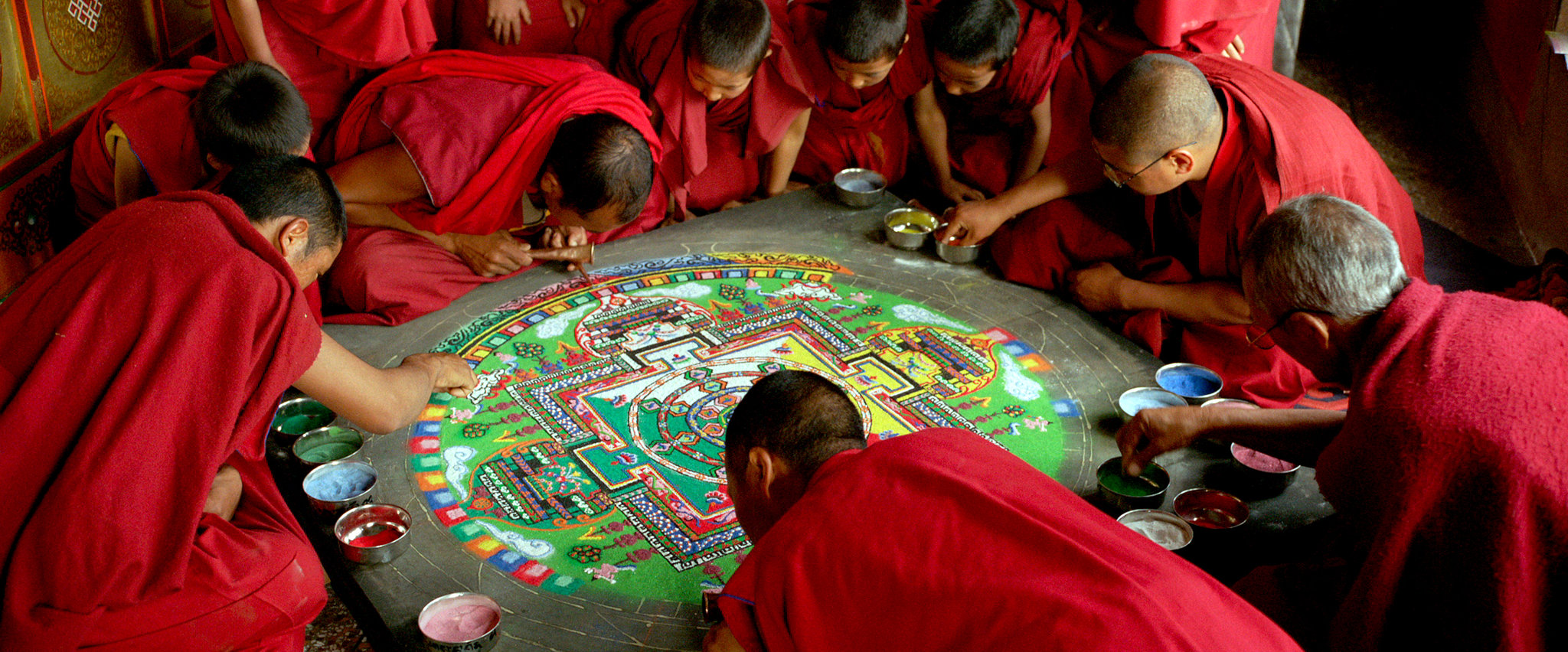By Chlotrudis Independent Film Society
Rating: 4.5 cats
Director: Ron Fricke

Country: united_states
Year: 2012
Running time: 102
IMDB: http://www.imdb.com/title/tt0770802/
Jason says: “Especially early on, SAMSARA certainly looks like a movie that instills the same reaction as its trailer – ‘ooooohhh, pretty!’ – only for longer. And, yes, it’s certainly the kind of pretty that justifies the cost of a theater ticket. Filmmakers Ron Fricke and Mark Magidson do have somewhat more complex ambitions than that, crafting a picture that they likely hope will serve as both a window on the world and a mirror.
“But, first, the technical: SAMSARA was shot over the course of years in Super 70 Panavision. The digital mastering was done at 8K resolution (roughly 8,000 pixels wide; for comparison HDTV is roughly 2K and most digital projection uses either 2K or 4K). So, exceptionally detailed formats are used at every stage of production, meaning that when you see it on 35mm film or 4K projection (much less the eventual home video release), you are seeing a mere fraction of the detail originally captured. It is a shame that there don’t appear to be 70mm screenings at this time.
“Fricke takes his large-format film camera around the world, shooting nature, cities, small towns, villages, industry, performance, and anything else. It is truly astounding to behold, and not just because Fricke is hauling a big camera to beautiful places. There is that, of course – a number of early shots will have audiences marveling that images like these often come from CGI in fictional films, because they are so grand and striking – but he’s got a way of holding shots or doing gentle camera movements that encourage the eye to move and seek out details.
“Also kind of amazing: The time-lapse photography. Fricke actually executes tracking shots over the course of a full day, which must require an insane amount of patience and precision, as well as a little luck, too. They’re the sorts of shots that are beautiful and majestic on their own but also make me wish I knew cinematographers so that I could have one explain to me just how difficult it is. Even some of the less extreme cinematography is amazing – there’s a tracking shot of a city’s highway system at night that is slightly sped up, but where it’s still quite possible to track individual sets of headlights.
“As the movie goes on, Fricke and Magidson start using transitions less for smooth movement between unrelated environments and more for storytelling and juxtaposition. What they’re looking to say is not exactly subtle – sequences following animals through industrial butchering cut to an overweight family eating fast food; manufacture of consumer electronics cuts to halfhearted ‘recycling’; American gun owners are contrasted with armed Africans – but the film is somewhat less pushy than many documentaries might be. There’s no underlining narration and the music (by Michael Stearns, Lisa Gerrard, and Marcello De Francisci) doesn’t underline the differences. It’s less a scold than a moment to consider one’s place in the world.
“Of course, some folks might not care for that; and I must admit, those particular moments make it less of an ideal ‘sit back and enjoy something beautiful’ movie. It still functions as that much of the time, and is by and large stunning enough to merit the cost of a movie ticket just to look at it, and sit close. Blu-ray will be nice, but not the same. 4.5 cat
“Seen 10 September 2012 in Landmark Kendall Square #1 (first-run, 35mm)”
